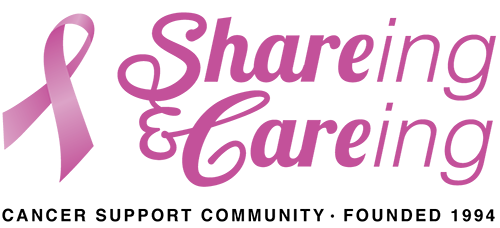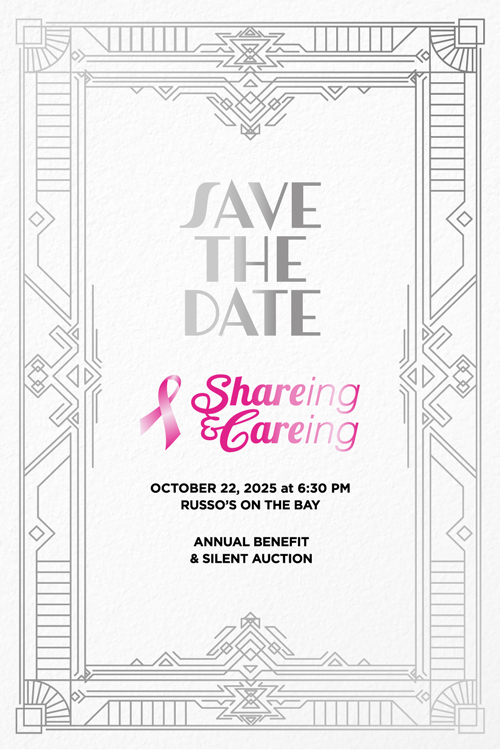
Mammograms are one of the best ways to detect breast cancer early. Most pregnant women are younger than 40 years old, the common age where screening mammograms are recommended, but the average age of new mothers is increasing. Women now are more than twice as likely to have their first birth after 40 than they were in 1990 (1). And breast cancer is also the most common form of cancer for pregnant women (2). That means many more women are juggling questions about pregnancy at the same time as their own breast cancer screenings. Here’s the breakdown of how this important cancer detection tool can impact your pregnancy.
Are Mammograms During Pregnancy Safe?
One of the biggest concerns many women have is about safety, specifically the radiation exposure of mammograms. Good news is that modern high-quality mammography equipment uses low-doses of radiation, 0.4 millisieverts, according to the American Cancer Society (ACS) (3): “The dose of radiation used for a screening mammogram of both breasts is about the same amount of radiation a woman would get from her natural surroundings over about 7 weeks.”
ACS notes “the risk to the fetus is very small, and mammograms are generally thought to be safe during pregnancy,” however, typically screening mammograms are avoided during pregnancy.
The American College of Obstetricians and Gynecologists considers a 2-view mammogram a “very low-dose examination.” Their official recommendation is that low dose techniques like mammograms should be used, if necessary, for diagnosis (4).
How Accurate Are Mammograms While You’re Pregnant?
After safety, mammogram accuracy is a top concern. Women’s bodies change drastically during pregnancy, especially the breasts. Can screening mammograms detect breast cancer in this situation? The answer is, sometimes, sometimes not. According to the PDQ Adult Treatment Editorial Board, a department of the National Cancer Institute, 25% of all mammograms administered during pregnancy will result in a false-negative, incorrectly labeling someone as cancer-free (1). Typically, false-negatives affect less, only 20% of all women (5).
Pregnant women have denser breast tissue, often cited as a reason for the reduced accuracy. Dense breasts, a condition that can affect any woman, pregnant or not, not only makes mammograms harder to read, but dense breasts can increase the risk of breast cancer by 4-6 times (6). In 2012, to increase awareness of this cancer risk factor, New York State passed breast density legislation requiring mammography providers to notify women if they had dense breasts.
Get our “Thriver Thursdays” Email
Get all the latest cancer prevention and treatment news plus upcoming survivor programs, straight to your inbox every Thursday. Your privacy is important to us.
Pregnancy-associated changes in the body can also cause doctors to misread mammogram results as a false-positive, incorrectly identifying cancer where there is none. Make sure your doctor knows you’re pregnant or could be pregnant to avoid misinterpretation.
Diagnostic mammograms (used to evaluate a specific mass) are useful for pregnant women, but for routine screenings (screening mammograms), doctors usually recommend waiting until after pregnancy to avoid false results.
How To Screen For Breast Cancer While Pregnant
While mammograms are thought to be safe for pregnant women and provide medically useful information, simply put, pregnancy is not the most ideal time to get a screening mammogram done. Because of their drawbacks, they are not the first line of defense for breast cancer screening when pregnant.
Breast self-exams are an easy way you can check for lumps at home. And if you find a lump, breast ultrasounds are often recommended as a way to gather more information without radiation exposure. Speak with your doctor to determine your breast cancer risk levels and a screening program that works for you during your pregnancy. If you feel a lump or are experiencing pain, reach out to a healthcare provider as soon as you can.
If you need help gaining access to mammogram services, whether you are insured, underinsured or uninsured, SHAREing & CAREing can help. Our BEAT program can link you to free or low-cost mammograms and help with our patient navigation services. Contact us today.
Sources
- Breast Cancer Treatment During Pregnancy, PDQ Adult Treatment Editorial Board, National Cancer Institute, 2019
- “First Births to Older Women Continue to Rise,” Centers For Disease Control and Prevention (CDC), 2014
- “Mammogram Basics,” American Cancer Society, 2020
- “Guidelines for Diagnostic Imaging During Pregnancy and Lactation,” The American College of Obstetricians and Gynecologists, 2017
- “Mammograms,” National Cancer Institute, 2016
- “Understanding Breast Density and Breast Cancer Risk,” JNCI: Journal of the National Cancer Institute, 2012


